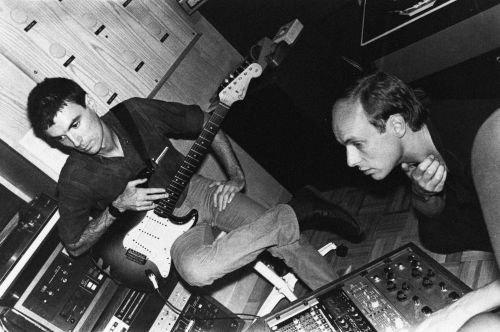“Brilliantly original” —The New York Times Book Review
“Fascinating” —Booklist
“Extraordinary” —The Guardian
“Dazzling” —The Onion A.V. Club
“Essential” —The San Francisco Chronicle
“Absorbing” —The Independent
How Music Works is David Byrne's remarkable and buoyant celebration of a subject he's spent a lifetime thinking about. Incisive, engaging, and eclectic, it was first published by McSweeney’s in 2012 to rave reviews and became a New York Times bestseller. Now in this new edition, Byrne has added a brand new chapter on digital curation, as well as updates including recent correspondences, emerging technologies, and new collaborations.
Much more than a survey, HOW MUSIC WORKS is an enthusiastic look at the musical art form, from its very inception to the influences that shape it. Every aspect of the creation and experience of music—including how it’s performed, recorded, sold, and distributed, as well as how, when, where, and with whom you hear it—determines not only if it works, but also what it is. Byrne examines the fundamentals of performance, from how a venue can shape composition to how our consumption of music has evolved over the years, and explores groundbreaking industry innovations like digital distribution.
In a new chapter on curation for this 2017 edition published by Three Rivers Press, Byrne explores four ways we discover music in the digital age: recommendation by experts, by the music itself, by social and cultural forces, and by narrative and context. He discusses how traditional media has less and less influence on people’s musical choices, and the pros and cons of the power shift to the consumer, as well as the algorithms of services like Spotify and Pandora.
